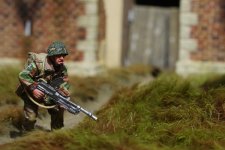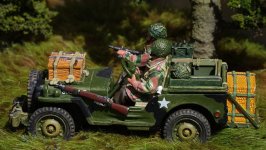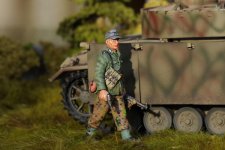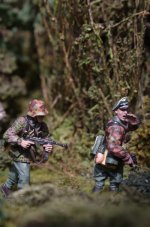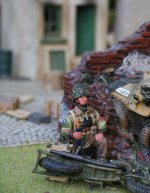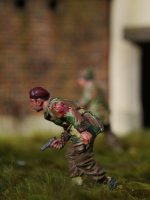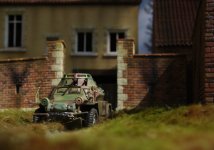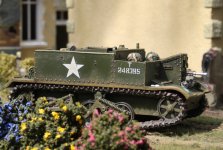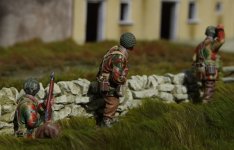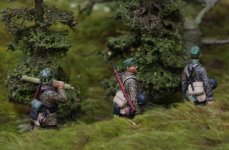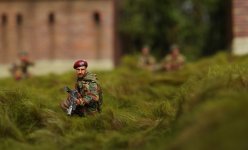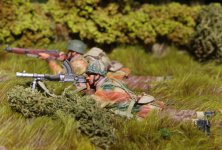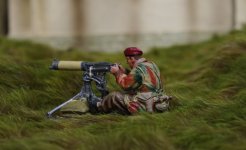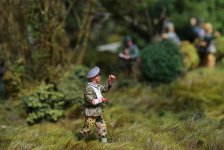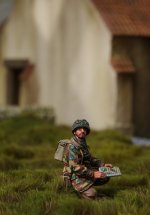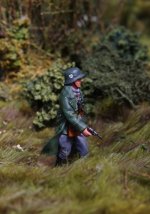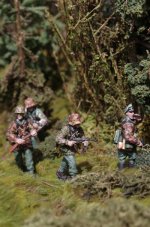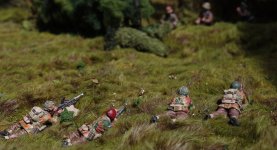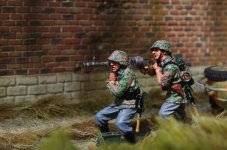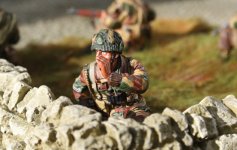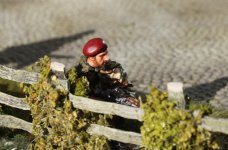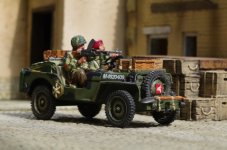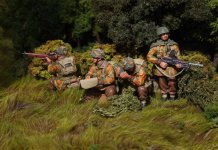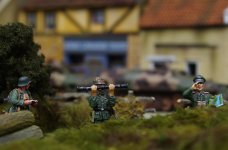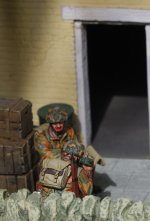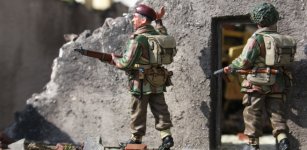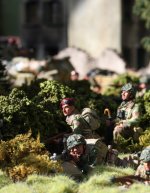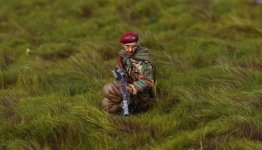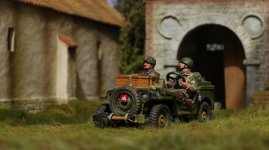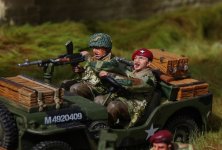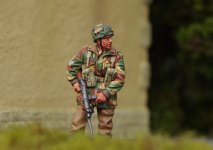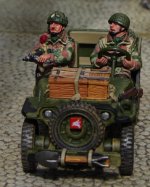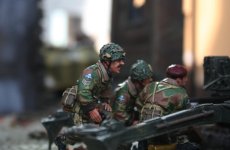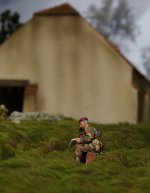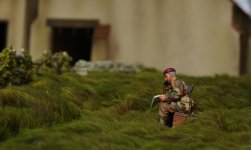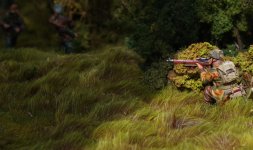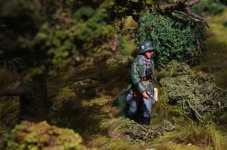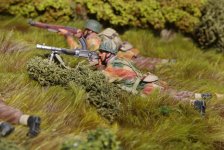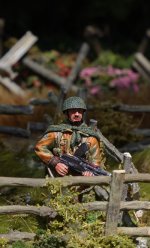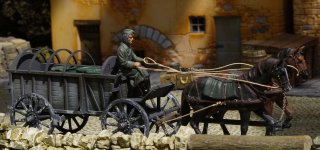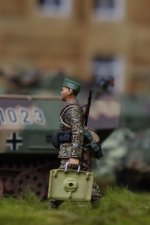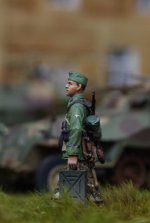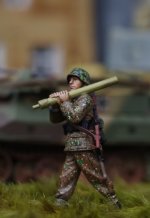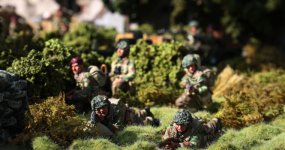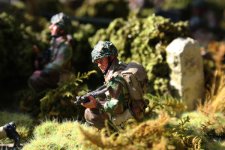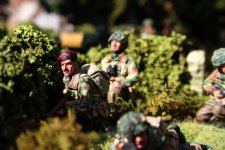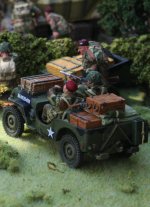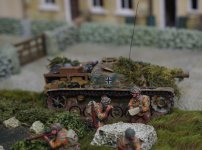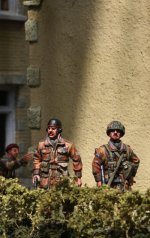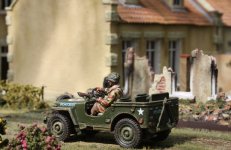panda1gen
Colonel
- Joined
- Jul 29, 2005
- Messages
- 8,158
Ref: Arnhem - 1944: The Airborne Battle by M. Middlebrook
The 4th Parachute Brigade Withdrawals
The 10th Battalion had received orders to pull back from its firefight with the Germans between the pumping station and the Leeren Doedel road junction before the glider landing took place.
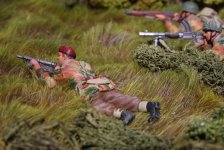
Captain Nick Hanmer remembers hearing the order on the Battalion HQ wireless: 'I said to Colonel Smyth that we couldn't do that'.
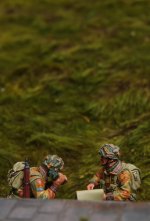
They always say never disengage while under attack. He said we would do as we were bloody well told, and I sent off the runners to the companies with their orders. The disengagement was carried out without serious loss; the men north of the main road crossed under cover of smoke grenades and the battalion started to move back through the woodland towards the open ground behind.
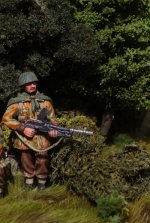
But a platoon left behind on the edge of the woodland to act as a rearguard suffered some casualties. Lance-Corporal Jim Finn describes how he and five other men became cut off and spent the next three days making their way back towards the dropping zone of the previous day; they had no idea that the main division was south at Oosterbeek. They were eventually captured.
The 4th Parachute Brigade Withdrawals
The 10th Battalion had received orders to pull back from its firefight with the Germans between the pumping station and the Leeren Doedel road junction before the glider landing took place.

Captain Nick Hanmer remembers hearing the order on the Battalion HQ wireless: 'I said to Colonel Smyth that we couldn't do that'.

They always say never disengage while under attack. He said we would do as we were bloody well told, and I sent off the runners to the companies with their orders. The disengagement was carried out without serious loss; the men north of the main road crossed under cover of smoke grenades and the battalion started to move back through the woodland towards the open ground behind.

But a platoon left behind on the edge of the woodland to act as a rearguard suffered some casualties. Lance-Corporal Jim Finn describes how he and five other men became cut off and spent the next three days making their way back towards the dropping zone of the previous day; they had no idea that the main division was south at Oosterbeek. They were eventually captured.


